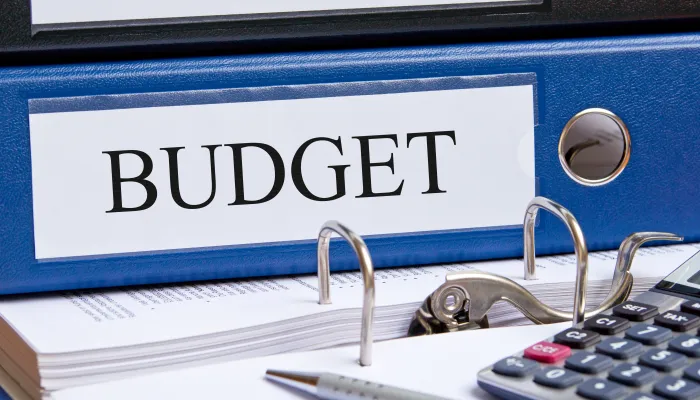Fiscal Fact Checker: Simpson-Bowles Raises Revenue
Today on Bloomberg, Edward Lazear -- the former chairman of the Council of Economic Advisors under former President George W. Bush -- talked about the revenue impact of Simpson-Bowles when comparing it to Governor Romney's plan. In it, Lazear notes that Romney's proposal is revenue neutral -- so long as the so far unspecified base broadening were to become specified -- but then makes the statement that Simpson-Bowles is also revenue neutral. Unfortunately, this assessment is not correct.
Both plans revolve around the same idea: reduce marginal tax rates and broaden the tax base by reducing or eliminating various tax preferences. Simpson-Bowles, however, reserves a portion of the savings from reducing tax expenditures for deficit reduction, whereas Romney's plan would use all of those savings to reduce marginal rates. Under the original estimate of the plan in December 2010, it raised $996 billion in revenue from 2012-2020, $785 billion from tax reform, $96 billion switching to the Chained-CPI and $114 through an increase of the gas tax, all of which is relative to the plausible baseline used by Simpson-Bowles that assumed the expiration of the upper-income tax cuts. CRFB's own re-estimate of the plan found that over the 2012-2021 period, Simpson-Bowles raised $1.2 trillion of revenue. And again, this number does not include the increase of about $800 billion through 2021 from the expiration of the upper-income tax cuts.
While it is possible that Dr. Lazear could have been referring to only corporate tax reform, which is revenue-neutral in Simpson-Bowles, he is mistaken if he is equating revenues from Governor Romney's entire tax reform plan to Simpson-Bowles. Tax reform should be part of any smart and bipartisan plan that puts debt on a downward path.


